Aikins, Lucy. 1825. Memoirs of the Court of Queen Elizabeth. London : Printed for Longman, Hurst, Rees, Orme, and Brown.
Cairns, Thomas; Young, Marily; Adams, Jolene; and Edberg, Bob. 2000. Modern Roses XI: The World Encyclopedia of Roses. San Diego, CA; San Francisco, CA; New York, NY; Boston, MA; London, England; Sydney, Australia; Tokyo, Japan: Academic Press.
"Edmund of Langley, Duke of York (1341-1402)." Excerpted from Encyclopedia Britannica, 11th edition (1926), Vol. XXVIII.
- Available at: http://www.luminarium.org/encyclopedia/edmundlangley.htm
Ellis-Christensen, Tricia. "What is Rose Water?" Edited by Niki Foster 11 September 2014. wiseGEEK. Retrieved October 30, 2014.
- Available at: http://www.wisegeek.org/what-is-rose-water.htm
Jones, Dan. 2014. The Wars of the Roses: The Fall of the Plantagenets and the Rise of the Tudors, New York: Viking.
Katzer, Gernot. "Rose (Rosa damascena Miller)." Gernot Katzer's Spice Pages. Retrieved October 30, 2014.
- Available at: http://gernot-katzers-spice-pages.com/engl/Rosa_dam.html
Kitsteiner, John. 6 July 2011. "Hardiness Zones, Heat Zones, and Sunset Zones." Temperature Climate Permaculture. Retrieved October 30, 2014.
- Available at: http://www.tcpermaculture.blogspot.com/2011/07/hardiness-zones-heat-zones-and-sunset.html
Laurent, Anne. "Botanic Notables: York and Lancaster Rose." Garden Design: Design > Ideas. Retrieved October 30, 2014.
- Available at: http://www.gardendesign.com/botanic-notables-york-and-lancaster-rose
Phillips, Roger; Rix, Martyn; and Grant, Wiliam A. "Damask: Rosa x damascena versicolor." Rogers Roses: The Roses. London, England: Rogers Plants Ltd. Retrieved October 30, 2014.
- Available at: http://www.rogersroses.com/gallery/DisplayBlock~bid~564~gid~25~source~gallerydefault.asp
"The Phoenix and the Pelican: Two Portraits of Elizabeth I, c. 1575." National Portrait Gallery > Research > Research Programmes. National Portrait Gallery, London. Web. www.npg.org
- Available at: http://www.npg.org.uk/research/programmes/making-art-in-tudor-britain/the-phoenix-and-the-pelican-two-portraits-of-elizabeth-i-c.1575.php
Quest-Ritson, Charles and Brigid. 2003. The American Rose Society Encyclopedia of Roses. London, England; New York, NY; Munich, Germany; Melbourne, Australia; Delhi, India: Dorling Kindersley.
"Rosa damascena versicolor Rose Description." Help Me Find. Retrieved October 30, 2014.
- Available at: http://www.helpmefind.com/rose/pl.php?n=5304
"Rosa gallica 'Versicolor'." Rainy Side Gardeners: Plant Gallery & Growing Guide > Shrubs and Trees. Retrieved October 30, 2014.
- Available at: http://rainyside.com/plant_gallery/shrubs/Rosa_gallicaVersicolor.html
"Rosa x damascena var. versicolor." Greenfingers.com: Plant Finder. Retrieved October 30, 2014.
- Available at: http://www.greenfingers.com/gardenbase/plant/view.asp?id=71024
Traill, H.D., and J.S. Mann. 1902. Social England: A Record of the Progress of the People in Religion, Laws, Learning, Arts, Industry, Commerce, Science, Literature and Manners, from the Earliest Times to the Present Day. Vol. II. London, Paris, New York, and Melbourne: Cassell and Company, MCMIII.
- Available via Internet Archive at: https://archive.org/details/socialengland02trai


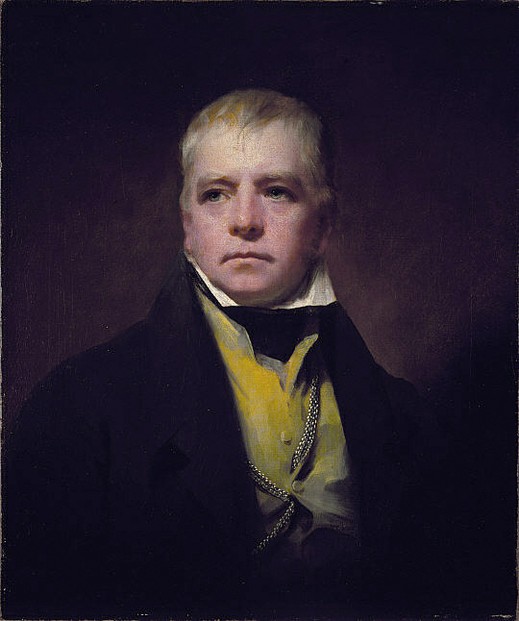
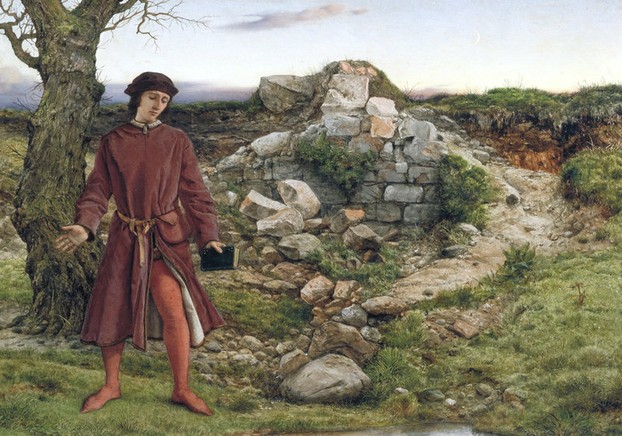
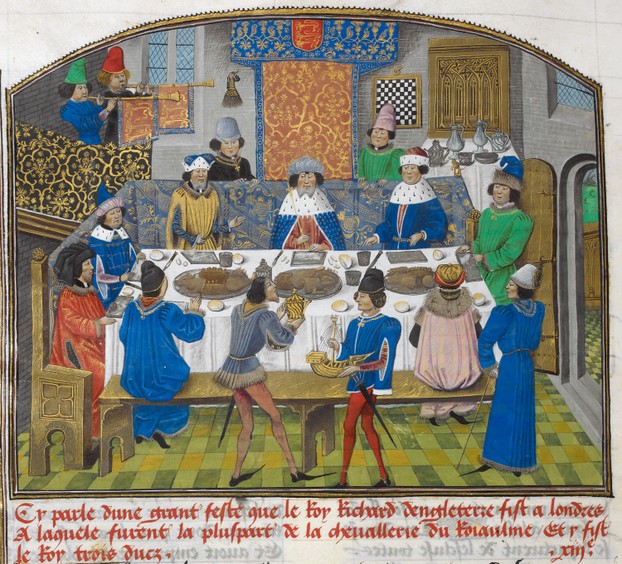
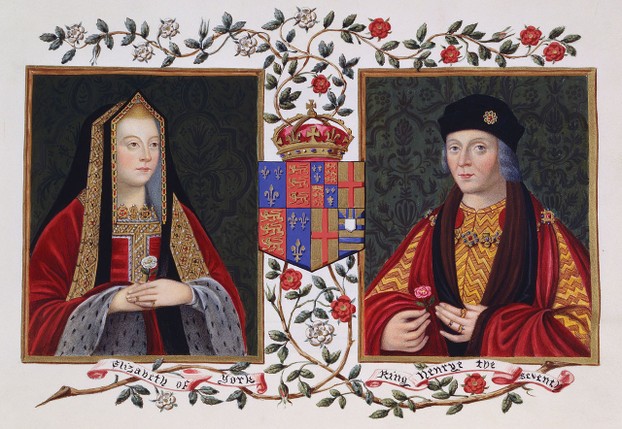
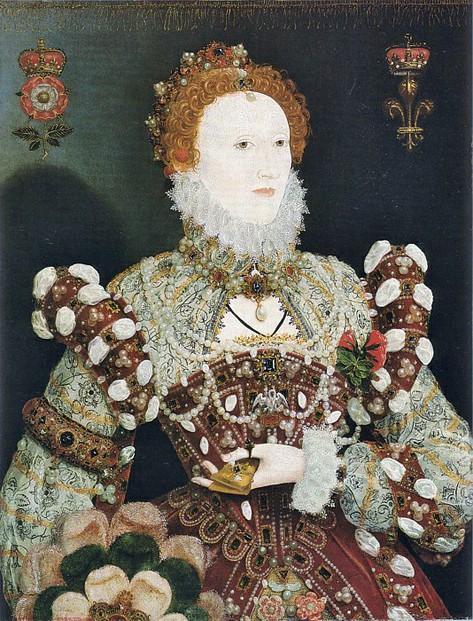
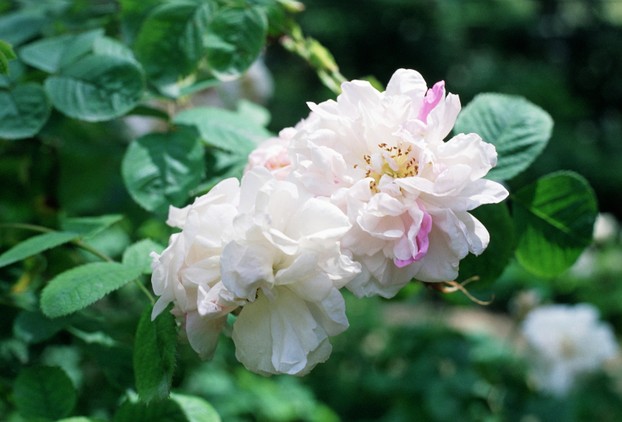
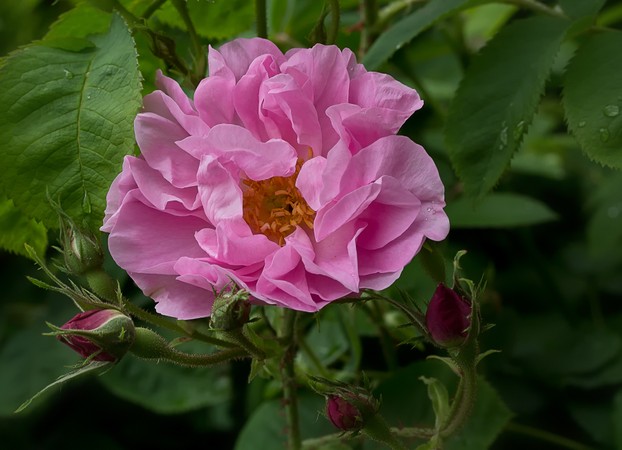
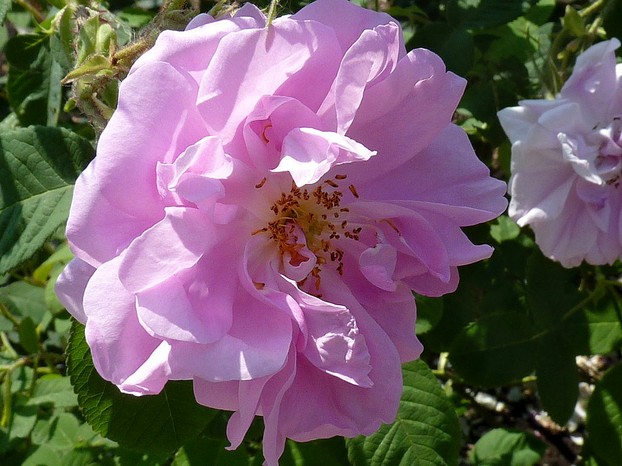
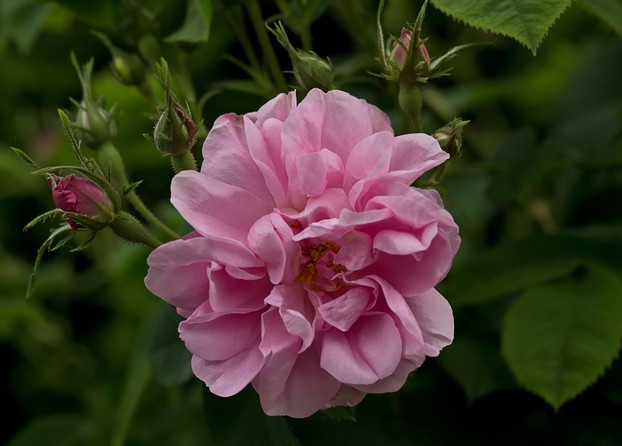
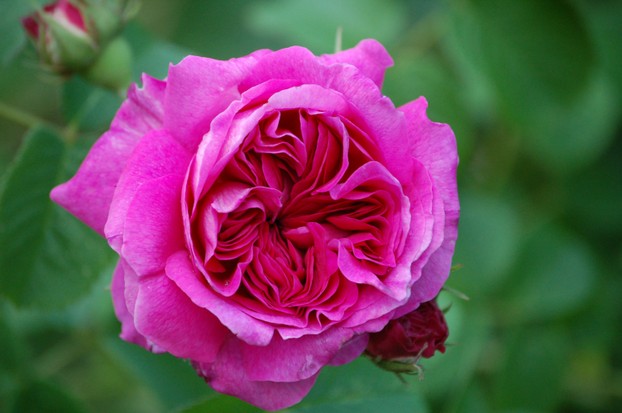



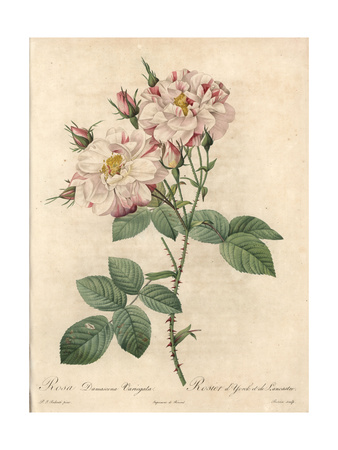

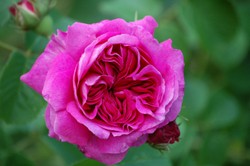

 Mailing Addresses for 2023 Form 4868 Extending 1040 and 1040SR April 15, 2024, Due Date9 days ago
Mailing Addresses for 2023 Form 4868 Extending 1040 and 1040SR April 15, 2024, Due Date9 days ago
 Mailing Addresses for 2023 Forms 1040 and 1040SR Filed in 20249 days ago
Mailing Addresses for 2023 Forms 1040 and 1040SR Filed in 20249 days ago
 Mailing Addresses for 2022 Form 4868 Extending 1040 and 1040SR April 18, 2023, Due Dateon 04/13/2023
Mailing Addresses for 2022 Form 4868 Extending 1040 and 1040SR April 18, 2023, Due Dateon 04/13/2023
 Mailing Addresses for 2022 Forms 1040 and 1040SR Filed in 2023on 04/13/2023
Mailing Addresses for 2022 Forms 1040 and 1040SR Filed in 2023on 04/13/2023

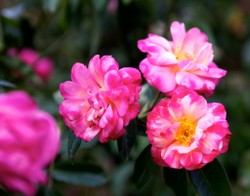
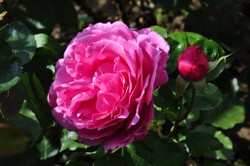
Comments